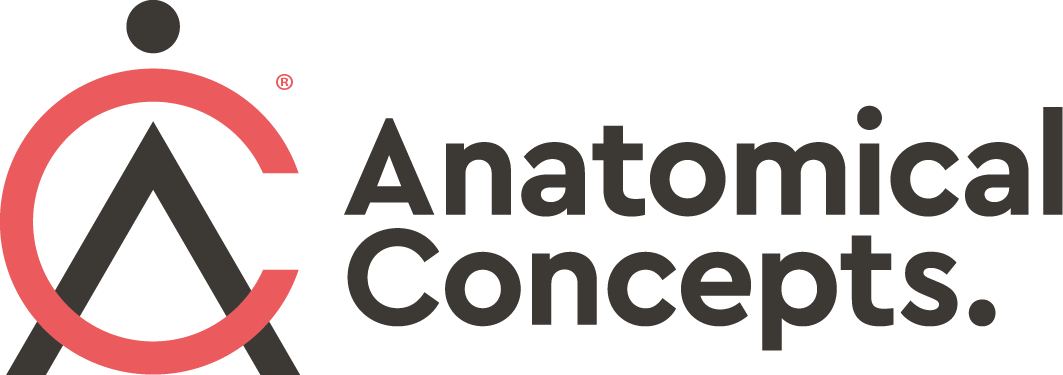Articles
Filter by Topic
- Adaptive Sport 1
- Artificial Intelligence 1
- Bike Labyrinth 3
- Bone density 1
- Brachial Plexus 1
- Bridging the Gap 1
- Bridging the Gap 1
- Carbonhand 4
- Cardiovascular 1
- Client Stories 4
- Cognition 1
- Company Updates 3
- Decision Making 1
- Dementia 1
- Denervation 22
- Diabetic Foot 12
- Efficiency 1
- Electrotherapy 28
- Exercise Benefits 28
- FES Cycling 13
- Fatigue 1
- Functional Electrical Stimulation (FES) 58
- Gait 2
- Goal Setting 5
- Grip 3
- Healthspan 2
- Indego 13
- Lifestyle 8
- Lower Motor Neuron 1
- Mobility 17
- Motivation 2
- NMES 2
- Nerve injury 1
- NexStride 1
- Occupational Therapy 1
- Orthotic 15
- PRAFO 22
- Pain 6
- Parkinsons 2
- Pressure Ulcers 10
- Product Updates 7
- RISE Stimulator 10
- Safety 2
- Sponsor 1
- Standing 4
- Stim2Go 4
- Stimulette den2x 5
- Support 1
- TENS 1
- Technology 17
Article Length
- 1 minute read 3
- 10 minute read 10
- 11 minute read 7
- 12 minute read 7
- 15 minute read 8
- 18 minute read 1
- 19 minute read 1
- 2 minute read 4
- 26 minute read 1
- 27 minute read 1
- 28 minute read 1
- 3 minutes read 9
- 4 minute read 34
- 5 Minute read 12
- 6 minute read 6
- 7 minute read 15
- 8 minute read 7
- 9 minute read 3
- FES 2
- FES Cycling 1
- FoG 1
- PRAFO 1
- Seven Minute Read 1
- Stim2Go 1
- awareness 1
- carbonhand 2
- cognitive 1
- cues 1
- freezing gait 1
- freezing of gait 1
- gait 1
- neurological 1
- neuroplasticity 1
- nexstride 2
- occupational therapy 1
- occupational therapy day 1
- orthopaedics 1
- orthotic 1
- parkinson's 1
- pressure 1
- pressure relief 1
- prevention 1
- rehabilitation 2
- stroke 1
- tSCS 1
- ulcers 1
- world stroke day 1
Stop Muscle Atrophy Before It Starts with Proactive FES
Muscle atrophy, the wasting away of muscle tissue, is a significant and often debilitating consequence of nerve damage or spinal cord injury. A proactive approach using forms of Functional Electrical Stimulation (FES) offers a powerful alternative: stopping muscle atrophy before it even begins and preserving tissue health for the long term.
When a spinal cord injury causes lower limb paralysis, for example, the leg muscles can no longer be exercised and strengthened through conventional methods, affecting muscle mass, circulation, and more. In many of these cases, approaches such as FES Cycling might help, and we'll mention this in more detail below.
If the injury affects the "lower motor neurons," this loss of muscle mass can be particularly profound. In this case the nature of the damage to the nervous system results in "denervation" which means that over time, muscle is gradually replaced by fibrous tissue, collagen, and fat. In these cases, a more specialised form of FES can be used to restore muscle bulk and tissue quality.
Exploring Electrical Stimulation for Pain Relief
Neuropathic pain is a complex and debilitating condition that affects millions worldwide, disrupting daily life with sensations that defy typical pain narratives. For those living with chronic discomfort, the challenges often feel insurmountable. However, with an estimated 7–10% of the global population impacted, the demand for solutions has never been greater.
This article explores an exciting frontier in treatment—electrical stimulation. By directly engaging the nervous system, this innovative approach offers the possibility of relief where traditional methods have fallen short. What makes neuropathic pain so difficult to treat? And could electrical stimulation hold the key to improving quality of life for countless individuals?
Join us as we examine this cutting-edge therapy and its potential to reshape the future of pain management.
Combining tSCS with FES Cycling. What's the benefit?
Functional electrical stimulation (FES) Cycling is a well-researched modality with long-term benefits for those recovering from a spinal cord injury. Users can actively exercise the large muscles of the legs despite paralysis.[1][2]. Although there are some contraindications, it is a safe and effective technique for many and is used by hundreds of our clients who use these systems at home. After some 18 years of experience in the UK, we still find that this is a well-accepted and popular technique, with adoption primarily limited by the cost of the systems.
With the introduction of the new Stim2Go stimulator from Pajunk at the core of our UK FES bike offering, we’re unlocking exciting new possibilities thanks to its innovative and promising features.
In other articles, we have commented on particular features and benefits of the Stim2Go, including its ability to turn any passive-active bike into an FES cycling system. In this article, we're primarily focusing on applying tSCS within Stim2Go.
FES Cycling Revisited
n this article, we showcase the arrival of a new product called Stim2Go, which promises to open up the availability of Functional Electrical Stimulation (FES) Cycling to a much wider group (and do some other clever things, too).
PAJUNK GmbH, one of the global market leaders in regional anaesthesia, has introduced the Stim2Go worldwide. The product' was developed and operated by another German company, SensorStim Neurotechnology GmbH. The product has regulatory approval in the USA and is now available in Europe and the UK as a registered medical device.
The introduction of Stim2Go provides a more accessible and efficient solution for (FES) cycling because it allows the user to add this capability to just about any passive/active bike such as the Thera Trainer range.



